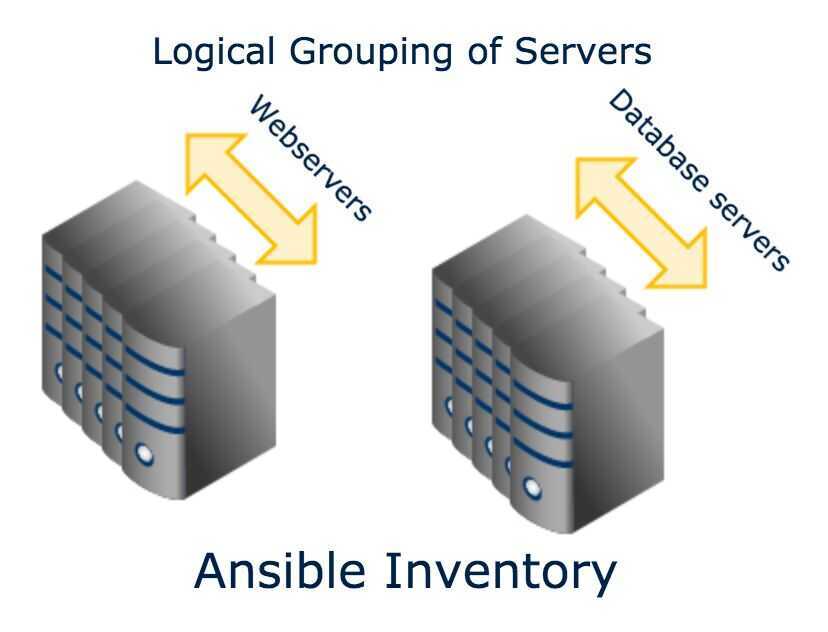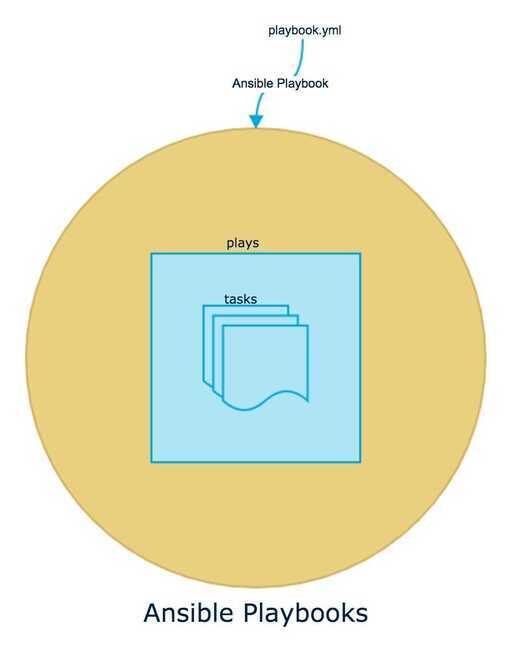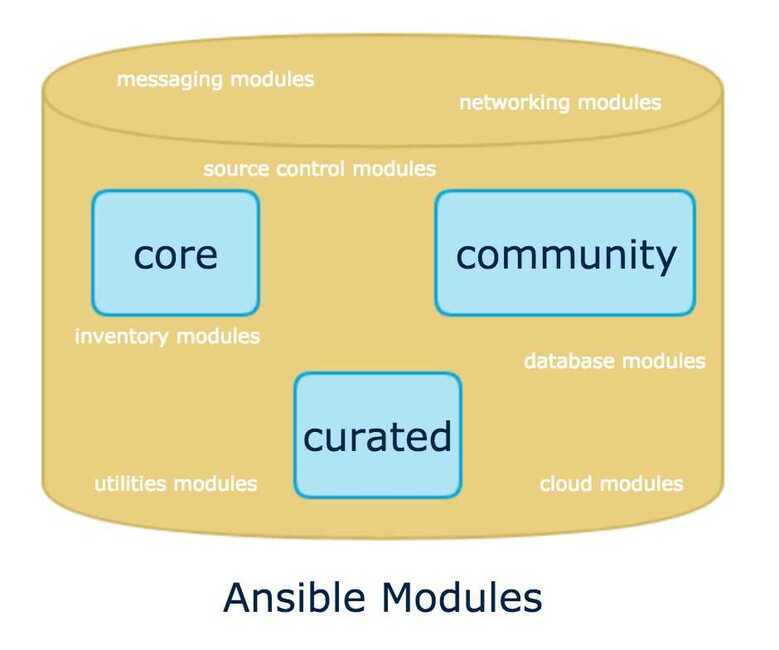Ansible
Features
- Automation system
- Automates
- Software provisioning
- Configuration management
- Application deployment
- Ad-hoc task execution
- Multinode orchestration
- Copy files to-and-fro from machines
- Control Machine
- Zero-downtime rolling updates with load balancers
Architecture
Ansible has two types of servers -
- controlling machines
- nodes
First, there is a single controlling machine which is where orchestration begins. Nodes are managed by a controlling machine over SSH. The controlling machine describes the location of nodes through its inventory.
To orchestrate nodes, Ansible deploys modules to nodes over SSH. Modules are temporarily stored in the nodes and communicate with the controlling machine through a JSON protocol over the standard output.When Ansible is not managing nodes, it does not consume resources because no daemons or programs are executing for Ansible in the background.
In contrast with popular configuration management software - such as Chef, Puppet, and CFEngine - Ansible uses an agentless architecture. With an agent-based architecture, nodes must have a locally installed daemon that communicates with a controlling machine. With an agentless architecture, nodes are not required to install and run background daemons to connect with a controlling machine. This type of architecture reduces the overhead on the network by preventing the nodes from polling the controlling machine.
Core components
Ansible Inventory ( ex - vim /etc/ansible/hosts)
Logical grouping of servers which are to be managed by a sysadmin

Ansible Playbooks
Collection of commands that a sysadmin would run on servers mentioned in Ansible Inventory

Ansible Modules
In-built packages which are available for a sysadmin to use in Ansible Playbooks and then run them on the servers which are mentioned in Ansible Inventory

Design Principles
- Have a dead simple setup process and a minimal learning curve
- Manage machines very quickly and in parallel
- Avoid custom-agents and additional open ports, be agentless by leveraging the existing SSH daemon
- Describe infrastructure in a language that is both machine and human friendly
- Focus on security and easy auditability/review/rewriting of content
- Manage new remote machines instantly, without bootstrapping any software
- Allow module development in any dynamic language, not just Python
- Be usable as non-root
- Be the easiest IT automation system to use, ever.
Ansible Tower
Red HatAnsibleTower helps you scale IT automation, manage complex deployments and speed productivity. Centralize and control your IT infrastructure with a visual dashboard, role-based access control, job scheduling, integrated notifications and graphical inventory management. And Ansible Tower's REST API and CLI make it easy to embed Ansible Tower into existing tools and processes.
- Ansible Galaxy
Ansible vs Terraform
Terraform is an open-source platform designed to provision cloud infrastructure, while Ansible is an open-source configuration management tool focused on the configuration of that infrastructure.
Terraform vs. Ansible: Differences and Comparison of Tools